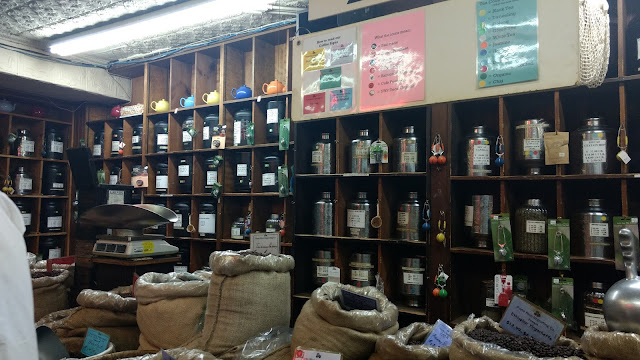Nature Index 2017: Reflections on Indian science
The Delusion 2 years ago I enrolled into a Ph.D. program at the Indian Institute of Technology Kanpur, thoroughly crestfallen at having received no foreign admits and with no high hopes for my career. The best that could happen to me, I figured, was if I could land a postdoctoral position abroad, because we all know that all good research is carried out abroad . The rhetoric against pursuing a desi Ph.D. is so loud, Indian students prefer to look for and accept any positions abroad, rather than consider Indian institutions. From a bird's eye view, it makes sense. Indian science is under-funded and our academia stinks of unethical practices . But under all the muck and mire, there are pockets of hard-working and eminent researchers. Yes, there is something to be proud of, and no, I'm not talking of our ancient heritage. The Data All information presented here is on the basis of the current Nature Index . At the time of writing this post, it corresponded to th...






